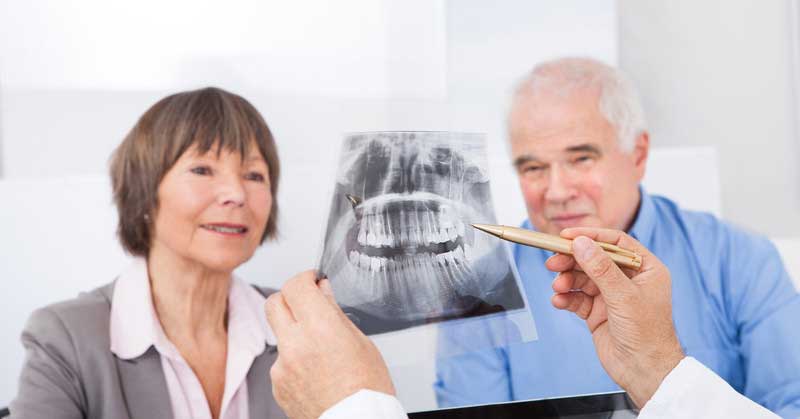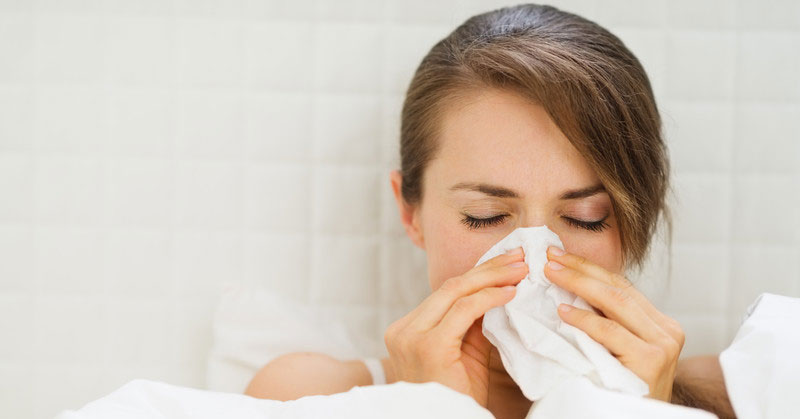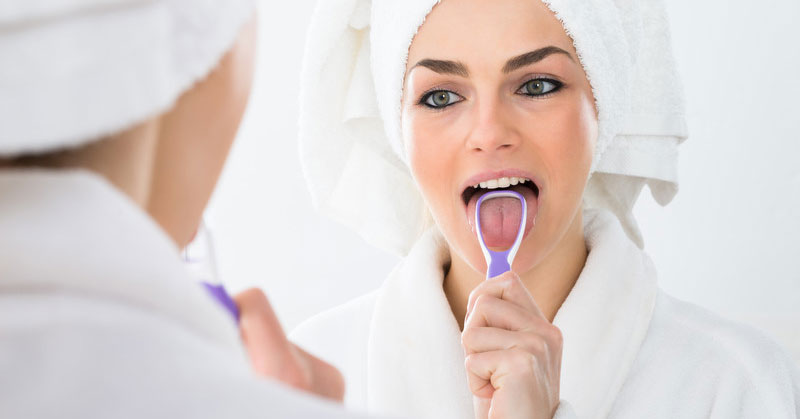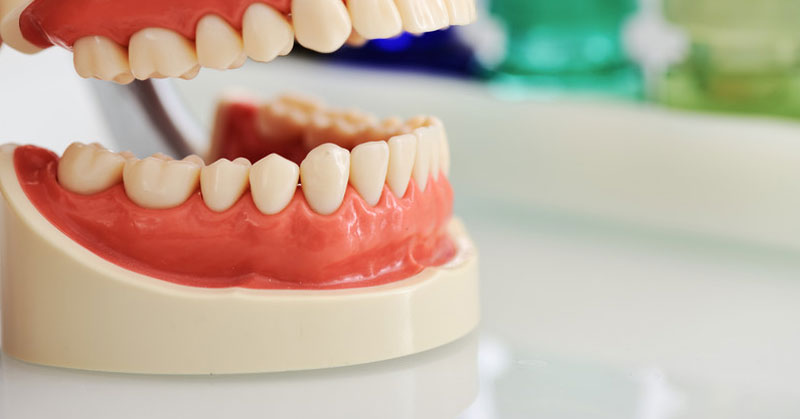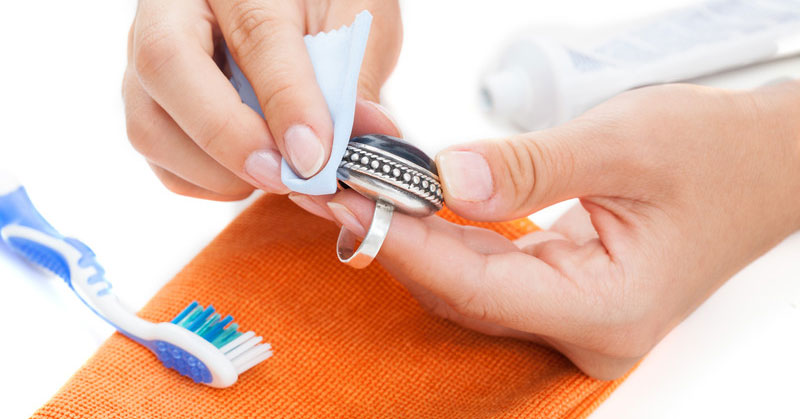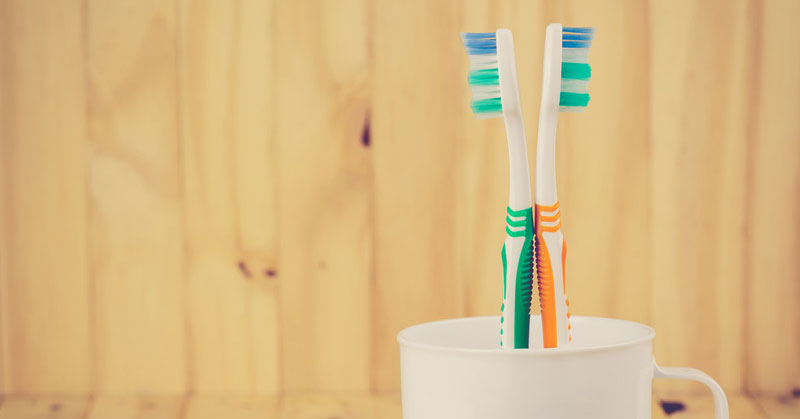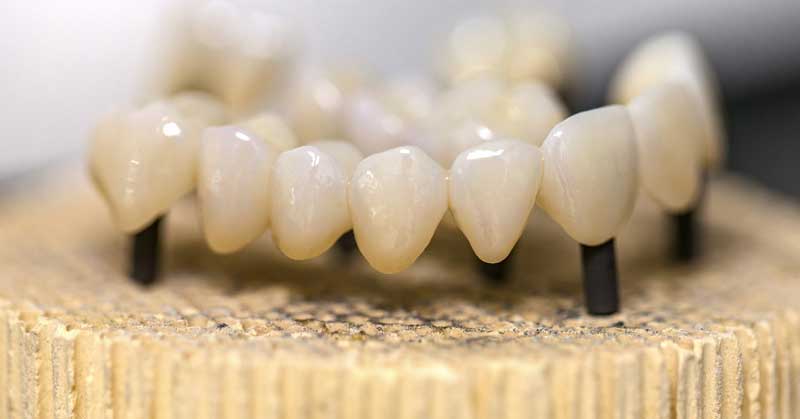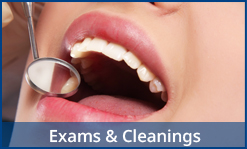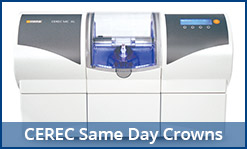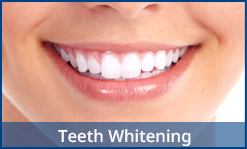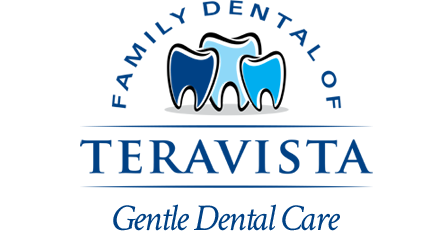Eating vegan is a lifestyle choice in which all animal products are removed from the diet. This includes meat, eggs, cheese, and any other products that come from animals in any way. If it is part of or made by a living creature, then vegans reject its use.
Many vegans choose this way of life for a wide range of reasons, they elect not to harm animals for their own purposes or they feel that a vegan diet has greater health benefits. But one thing seems to be common among many vegans, they are at a higher risk of developing cavities and other dental issues.
Impacts of Veganism on Teeth
While there are many healthful benefits of a vegan lifestyle, they do not extend to the teeth. Unfortunately, vegans have a greater instance of cavities and gum disease due in equal part to what they are and are not consuming under the parameter of their new diet.
Certain foods offer healthy safeguards for teeth and gums but these are not part of a vegan lifestyle. One element in particular, arginine, is found almost exclusively in meats and it is an amino acid that works to reduce plaque on teeth. If you’re not getting this amino acid, it can lead to an increase in the microorganisms and bacteria that contribute to dental plaque.
Conversely, certain fruits that are included as part of a vegan diet can be just as negatively impactful on teeth as these have elements that might cause the erosion of tooth enamel. This is true of many types of citrus and other fruits and their juices.
Preventing Cavities and Dental Conditions
Focusing your diet on foods that contain beneficial amino acids that are contained in foods without meat is a good start for protecting your teeth. Foods such as beans and sprouts are very helpful for maintaining a healthy smile. Avoid sweet candies and sodas, including sugary sports drinks and even apple cider vinegar Limit your consumption of citrus and other fruits to less than twice a day. When you do eat citrus, be sure to wait to brush your teeth at least a half hour as acids can soften your tooth enamel and brushing after you eat can wear it away.
Taking these necessary steps into consideration is important for avoiding major dental issues that can come about from a vegan diet. Be smart and your smile will always continue to look its best.


